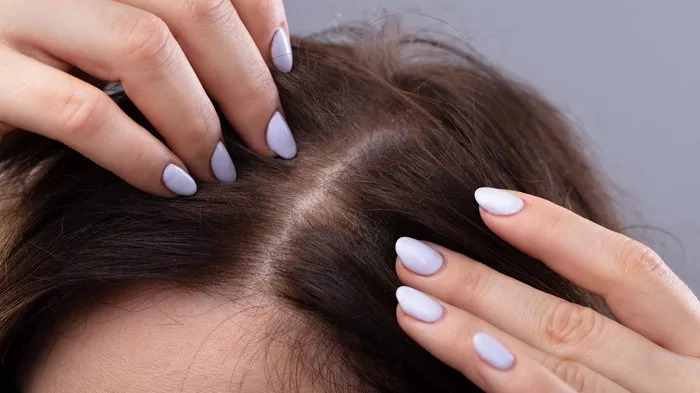In the quest for beautiful and healthy hair, many people find themselves concerned about hair loss, especially during the seemingly routine task of washing their hair. The question that often arises is, “How much hair loss is normal during a shampoo session, and when does it become a cause for concern?” In this comprehensive article, we will delve into the intricacies of hair loss during hair washing, providing insights, facts, and expert advice to help you understand what’s considered normal and when to seek professional guidance.
The Natural Hair Shedding Process
Before diving into the specifics of hair loss during shampooing, it’s crucial to understand the natural hair shedding process:
1. Anagen, Catagen, and Telogen Phases
Hair growth occurs in cycles, with hair follicles transitioning through three phases: anagen (growth), catagen (transitional), and telogen (resting). It’s during the telogen phase that hair naturally sheds.
2. Daily Hair Loss
On average, a person loses 50 to 100 hairs per day as part of the normal hair shedding process. These hairs typically fall out throughout the day, including during hair washing.
Hair Loss During Shampooing: What’s Normal?
Now, let’s address the pressing question: how much hair loss is normal when washing your hair?
1. Daily Variation
The amount of hair loss during shampooing can vary from day to day. Factors like hair length, type, and overall hair health contribute to this variation.
2. Stress-Free Detangling
When washing your hair, it’s essential to be gentle. Start by gently detangling your hair before applying shampoo. This can reduce hair breakage during washing.
3. Pay Attention to Shed Hair
During your shower, take note of the amount of hair shed. If you see a small clump of hair in your hand, it’s generally within the normal range. However, if you consistently notice large amounts of hair, it’s time to investigate further.
Identifying Excessive Hair Loss
Excessive hair loss during shampooing may be a sign of an underlying issue. Here are key signs to watch out for:
1. Increased Shedding Over Time
If you observe a gradual increase in hair loss during shampooing over weeks or months, it’s a red flag.
2. Noticeable Thinning
Thinning hair, bald spots, or a widening part are signs that your hair loss might not be within the normal range.
3. Scalp Sensitivity or Pain
If you experience scalp sensitivity or pain during or after washing, consult a healthcare professional promptly.
Potential Causes of Excessive Hair Loss
Understanding the potential causes of excessive hair loss during shampooing is essential for addressing the issue effectively:
1. Underlying Health Conditions
Certain medical conditions, such as thyroid disorders or alopecia, can lead to increased hair loss. Consult a healthcare provider for a proper diagnosis.
2. Stress and Lifestyle Factors
High-stress levels, a poor diet, and inadequate sleep can contribute to hair loss. Addressing these factors can positively impact your hair health.
3. Incorrect Hair Care Products
Using harsh shampoos or hair products that don’t suit your hair type can lead to excessive hair loss. Choose products that are gentle and suited to your specific needs.
See Also: Top 10 Reasons for Hair Loss: A Comprehensive Guide
Seeking Professional Advice
If you suspect that your hair loss during shampooing is beyond the norm, it’s essential to seek professional advice. Schedule an appointment with a dermatologist who specializes in hair and scalp health. They can conduct a thorough evaluation and recommend appropriate treatments. Depending on the underlying cause of your hair loss, your dermatologist may suggest treatments such as topical medications, laser therapy, or dietary changes.
Conclusion
In conclusion, understanding how much hair loss is too much when washing your hair is crucial for maintaining healthy locks. While some hair loss during shampooing is normal, it’s essential to monitor it and be vigilant for signs of excessive shedding. If you suspect a problem, don’t hesitate to seek the guidance of a healthcare professional who can provide personalized solutions to address your specific hair loss concerns. Remember, a proactive approach to hair health can lead to the luscious and vibrant hair you desire.


